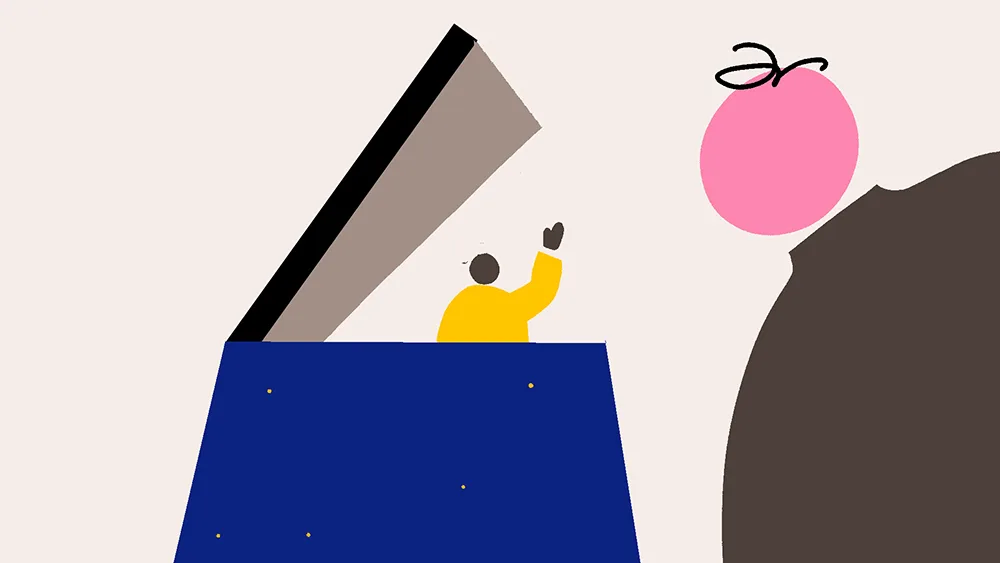
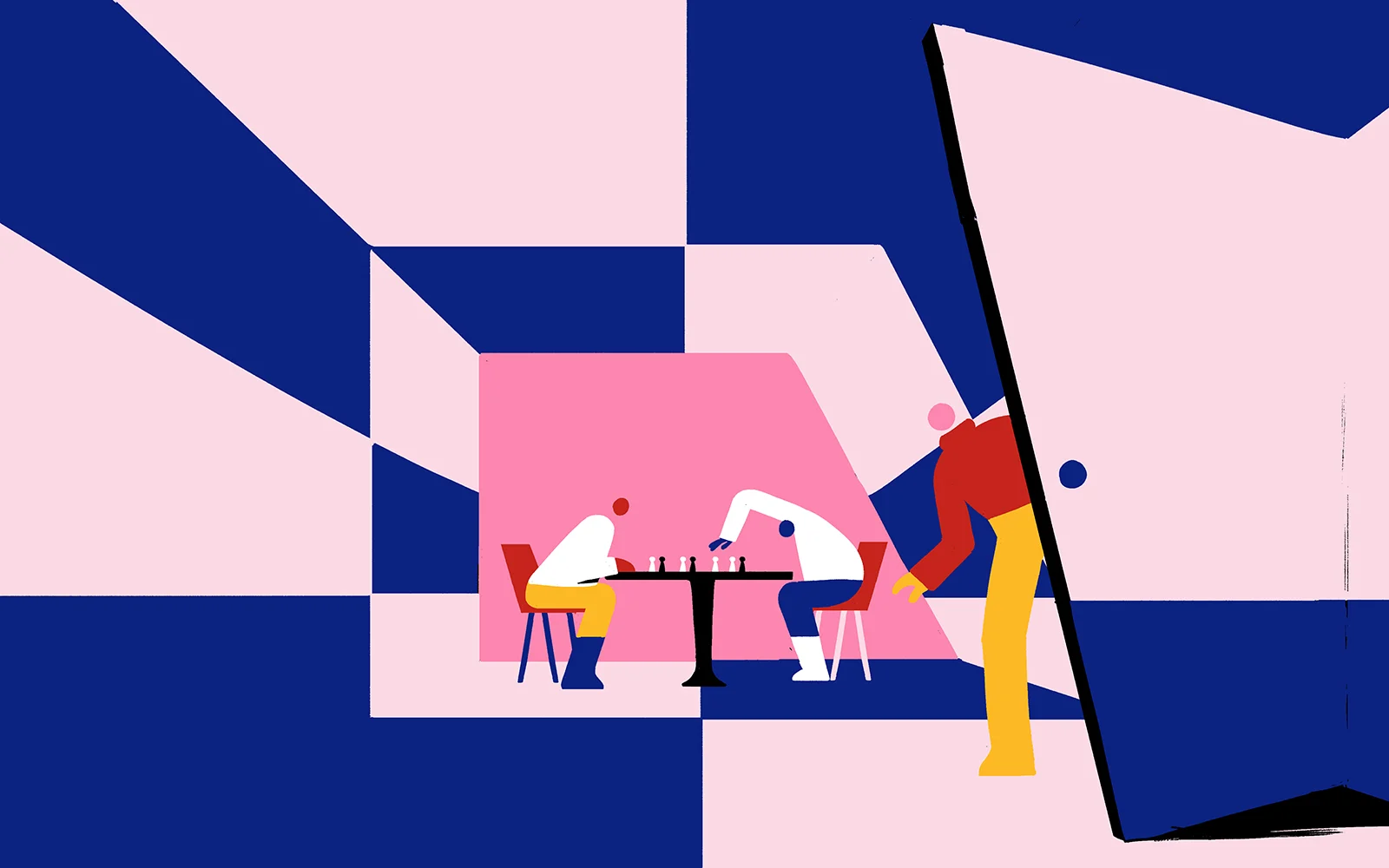
Safe spaces have become very controversial, but Trevor Noah can't see what all the fuss is about. At The New York Times’ Get With The Times event at Northwestern University, the comedian and host of The Daily Show explained why he's fascinated by the whole discussion.
We asked Australian animator Alex Grigg to bring Trevor’s thoughts to life, and give us a glimpse into his own creative process.
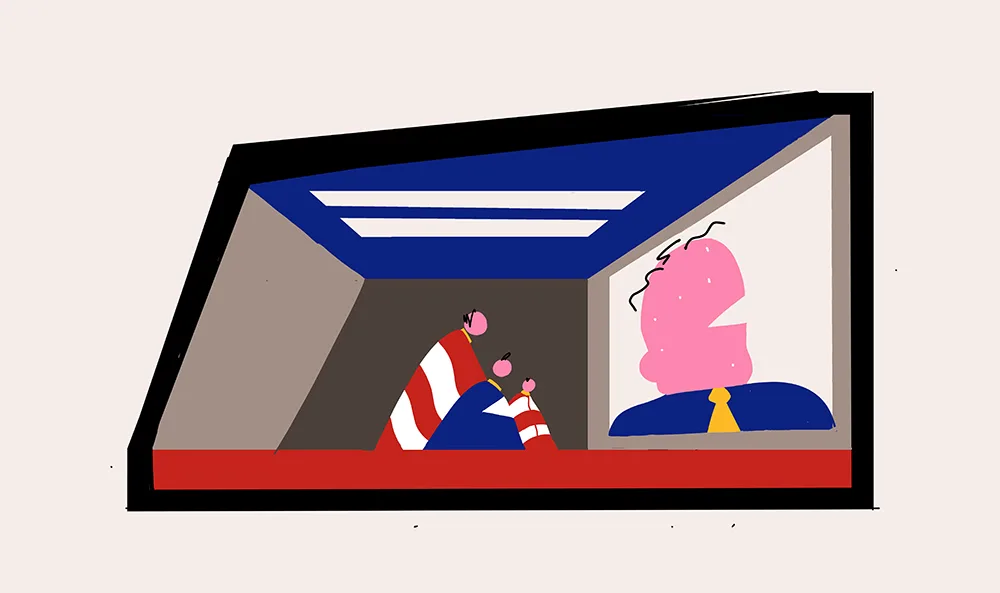
When I was first starting out I'd really take on anything that came my way. These days, I'm trying to be a little more deliberate about how I spend my time.
I usually have a vague idea set out for the coming year about the things I want to try, so when projects come in I can decide whether to take them on.
Projects with creative freedom and some kind of positive cultural context take priority, as do projects that feel like they'll push me into a technical direction that I'm curious about.
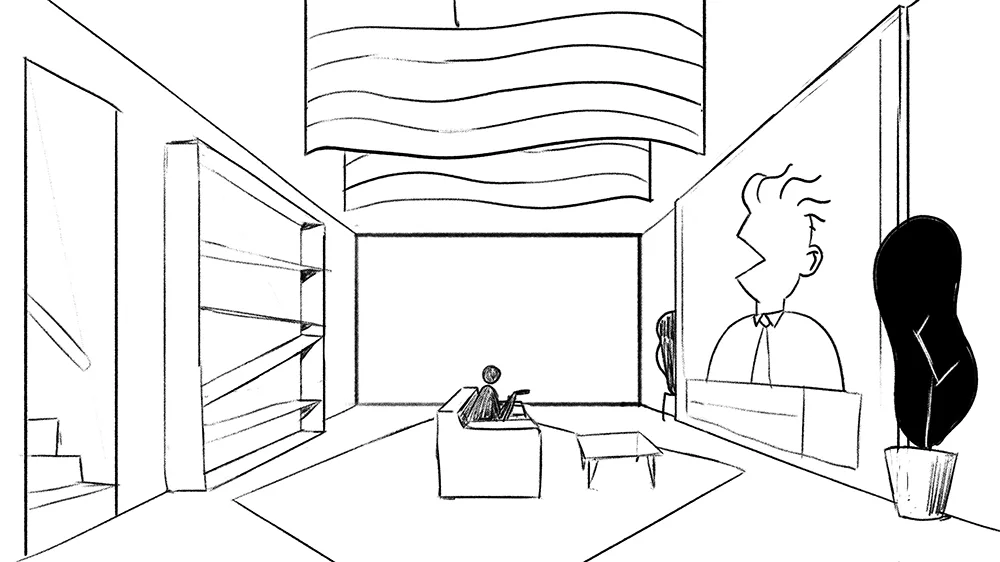
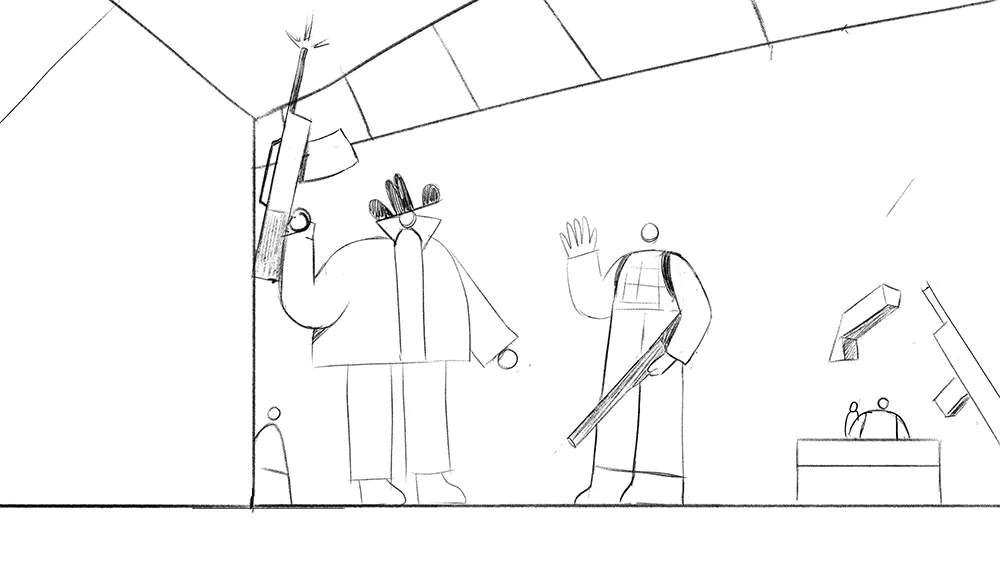

I love Trevor Noah's work – he always has a really thoughtful and funny take on things. This whole interview was fascinating and honestly it was hard to choose just one part of it.
Ultimately, this section about safe spaces stood out because it focused on words and how they can be twisted and weaponized. It felt very timely.
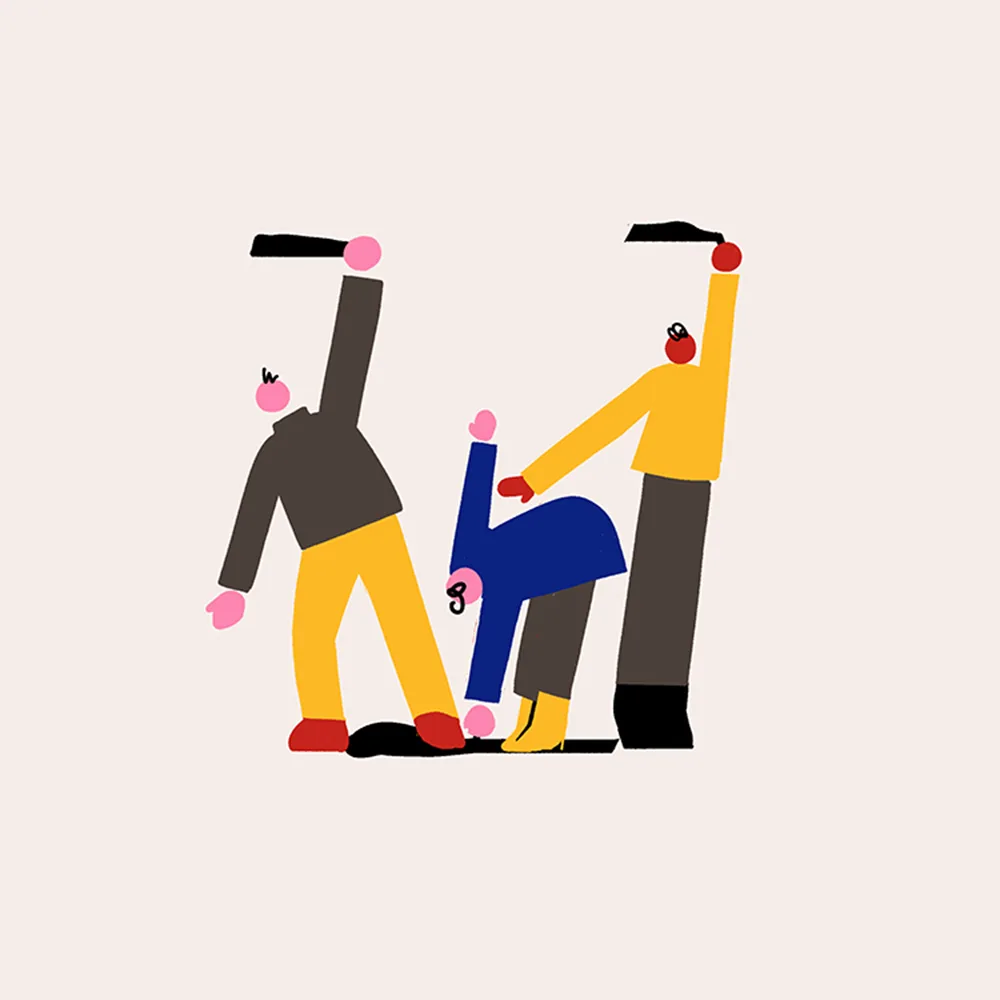
Having Trevor's dialogue was a great jumping-off point. For essay pieces like this I take a sketch book and write a line of dialogue at the top of each page, and then start sketching storyboard panels underneath.
I almost always do my first sketches away from a computer – I typically pop down to a cafe and spend a couple of hours sketching. Then I'll bring it back to the studio and start refining the drawings digitally and timing them out.

I might have to do this a few times before I find something I like. Somewhere in this refining process I'll start designing my favourite frames. I'll iterate those designs as many times as I need to (usually this takes me the longest time) and then I'll apply that art direction to the rest of the storyboards.
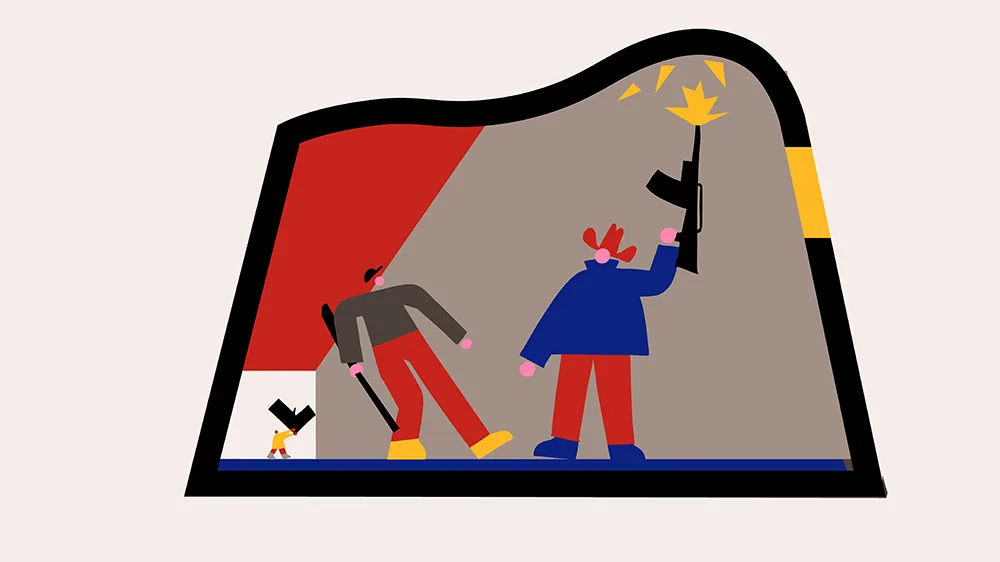
I think this project was challenging because I wanted to reflect Trevor’s clever balance of humor and genuine criticism. Comedy in animation can be tricky because it's hard to know exactly how it will all work ahead of time.
Animation is such a slow process – by the time you see something in context weeks have passed and you have to show it to friends to see if you've got it right.
